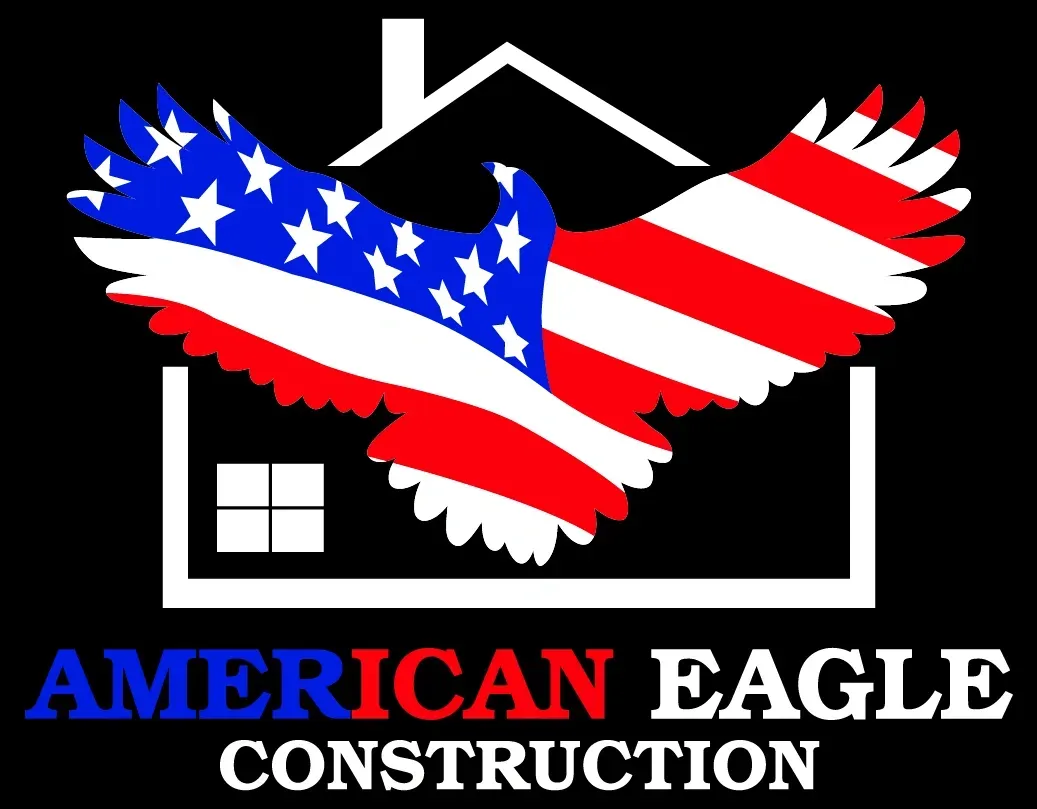
Reclaimed Materials for Sustainable Architecture | Eco-Friendly Building Tips
What Are Reclaimed Materials and Why Are They a Game-Changer for Sustainable Architecture?
In a world craving environmentally responsible solutions, reclaimed materials for sustainable architecture have emerged as a game-changing force. These are materials salvaged from previous structures or discarded items, repurposed with style, durability, and ecological consciousness. Imagine walls built from reclaimed wood, flooring fashioned from salvaged bricks, or even decorative elements crafted from vintage metals. The essence is simple: reduce waste, save resources, and craft stunning structures that tell a story.
But why are reclaimed materials gaining such momentum in the architectural scene? The answer lies in their multifaceted benefits—environmental impact, cost efficiency, and unique aesthetic appeal. Using reclaimed materials reduces the demand for raw extraction, minimizes landfill waste, and fosters a narrative of sustainability that resonates with modern building standards and societal values.
How Do Reclaimed Materials Influence the Design and Aesthetics of Modern Buildings?
Incorporating reclaimed materials into architecture doesn’t mean sacrificing style for sustainability. Quite the opposite—these materials bring character, texture, and depth to contemporary designs. Exposed reclaimed wood beams add rustic charm, while vintage bricks lend a timeless appeal. Architects and designers are increasingly leveraging the authenticity of reclaimed materials to evoke a sense of history and craftsmanship.
This blend of old and new creates visually compelling spaces that stand out. The durability of many reclaimed materials—like reclaimed hardwood flooring or metal fixtures—also ensures longevity. It’s a marriage of style and substance, with each piece narrating a story of reuse and resilience.
What Are the Environmental Benefits of Using Reclaimed Materials for Sustainable Architecture?
Environmental responsibility is at the core of sustainable architecture, and reclaimed materials play a pivotal role. First, they significantly decrease the need for new resource extraction—raw materials like timber, stone, and metals can be extensively reused. This conservation reduces deforestation, habitat destruction, and energy consumption associated with manufacturing new products.
Moreover, utilizing reclaimed materials helps cut down on waste in landfills, which is crucial given the mounting global waste crisis. It reduces embodied energy—the total energy required to produce and transport building materials—making your project not only eco-friendly but also energy-efficient over its lifespan.
Learn more about sustainable materials and their impact on construction by visiting our detailed guide on construction sand and its role in sustainable building.
Are Reclaimed Materials Cost-Effective Compared to New Construction Materials?
One of the most enticing advantages? Reclaimed materials often come with a surprisingly attractive price tag. While initial sourcing and processing might incur some costs, the overall project brings savings through reduced procurement expenses. Plus, many reclaimed materials come with added character and uniqueness that can elevate the design without additional costs.
In many cases, reclaimed materials warrant less maintenance over time due to their robust nature, adding long-term value. Additionally, using reclaimed materials can qualify projects for green building certifications, which can enhance market value and appeal.
How Can Architects and Builders Incorporate Reclaimed Materials Effectively?
Integrating reclaimed materials demands careful planning and execution. Here are some practical tips:
- Source Smart: Partner with reliable suppliers or salvage yards that specialize in reclaimed materials. This ensures quality and authenticity.
- Assess Structural Integrity: Conduct thorough inspections and testing to confirm the safety and durability of reclaimed elements.
- Design with Purpose: Think creatively—use reclaimed wood for statement beams, or vintage metal for fixtures, to enhance aesthetic appeal.
- Stay Informed: Keep abreast of regulations, building codes, and best practices related to reclaimed materials.
For insights on how small architecture firms are leveraging sustainability, explore [these innovative approaches adopted by small firms in Hoboken, New Jersey].
What Are the Challenges of Using Reclaimed Materials and How Can They Be Overcome?
Despite their benefits, reclaimed materials come with challenges: variability in quality, limited availability, and potential difficulties in sourcing specific items. Overcoming these hurdles involves diligent sourcing, partnerships with reputable salvage specialists, and adaptive design strategies that embrace imperfections as part of aesthetic charm.
Implementing quality assurance processes and collaborating with experienced contractors ensures materials meet safety standards and project requirements.
Why Is Reclaimed Materials for Sustainable Architecture the Future of Eco-Friendly Building?
The undeniable truth is that our planet's resources are finite. Reclaimed materials exemplify a responsible, forward-thinking approach that aligns with global efforts to combat climate change and promote sustainable development. They foster innovation, aesthetic diversity, and environmental stewardship.
Many leading architects and construction firms now prioritize reclaimed materials, setting trends that ripple across the industry. It’s a bold, necessary shift—one that turns discarded items into architectural treasures, redefining what’s possible in eco-friendly building.
To see how top architects are pushing the envelope in eco-conscious design, check out [these award-winning projects from Hoboken, New Jersey].
Absolutely. Many reclaimed materials—such as reclaimed hardwoods, durable bricks, and steel—are suitable for structural applications, provided they meet safety and code requirements. Proper assessment and reinforcement are essential. When executed correctly, reclaimed structural elements can add both strength and character to your building, reinforcing the narrative of sustainability and resilience.
Using reclaimed materials can contribute positively toward obtaining green building certifications like LEED or WELL. These standards reward sustainable sourcing, waste reduction, and innovation in design. Incorporating reclaimed materials demonstrates environmental responsibility, potentially streamlining approval processes and adding to the project’s appeal.
Sources include salvage yards, specialized suppliers, online marketplaces, and community recycling programs. Building strong relationships with reputable providers ensures quality, consistency, and access to unique or custom pieces. Explore [local architecture firms in Montclair, New Jersey](https://amerieagleconstruction.com/post/find-architects-for-new-builds-montclair-new-jersey) to see how professionals source sustainable materials for their projects.
Is Reclaimed Materials for Sustainable Architecture a Trend or the Future?
While it’s tempting to label reclaimed materials as a passing trend, the reality points to a paradigm shift. As climate awareness intensifies and regulatory standards become more stringent, sustainable building practices—including the innovative use of reclaimed materials—will become the industry norm. Forward-thinking companies like American Eagle Construction are already pioneering this bold future, proving that eco-conscious design is not just viable but vital.
Final Thoughts: Embrace the Future with Reclaimed Materials
The tide is turning. Reclaimed materials for sustainable architecture represent a fearless, resourceful approach to building—combining environmental responsibility with eye-catching design. They challenge traditional notions of construction, proving that discarded items can become masterpieces. This renaissance of reuse isn’t just good for the planet; it’s a statement of innovative resilience.
Whether you’re an architect, builder, or homeowner, embracing reclaimed materials symbolizes a commitment to a smarter, greener future. It’s time to say goodbye to waste and hello to limitless creative possibilities. The future is reclaimed, and it’s fiercely fabulous.














